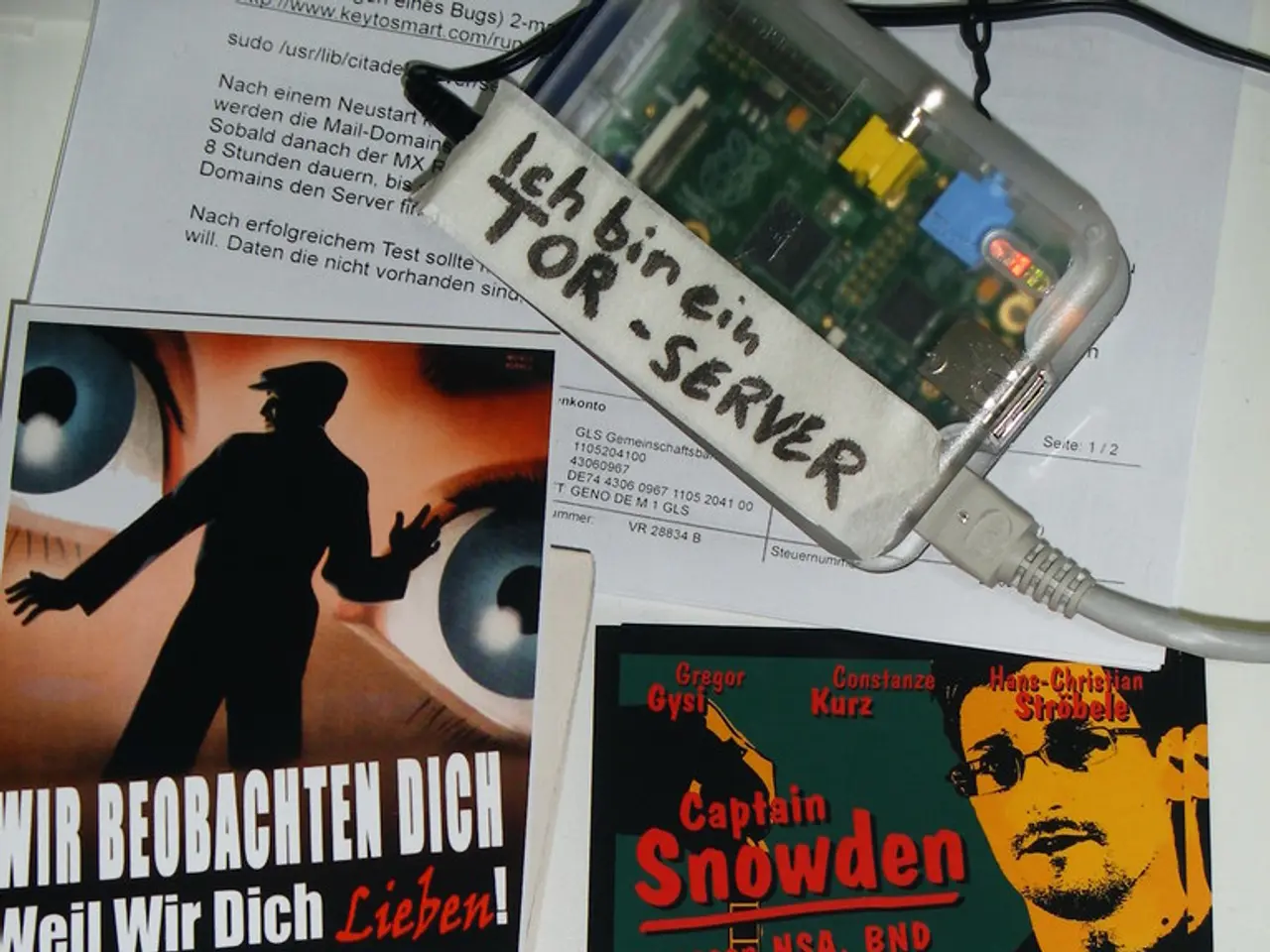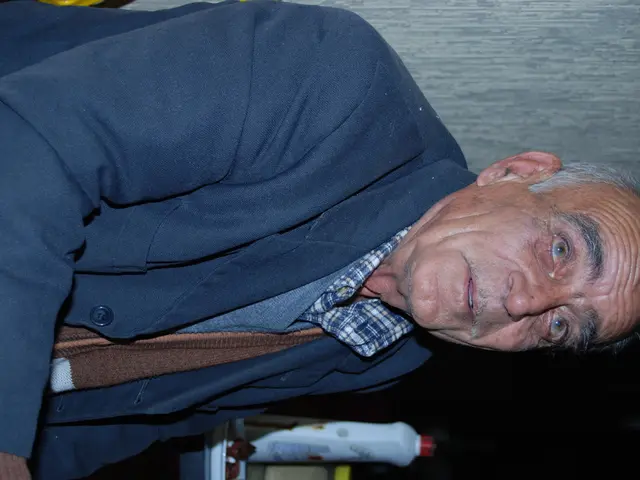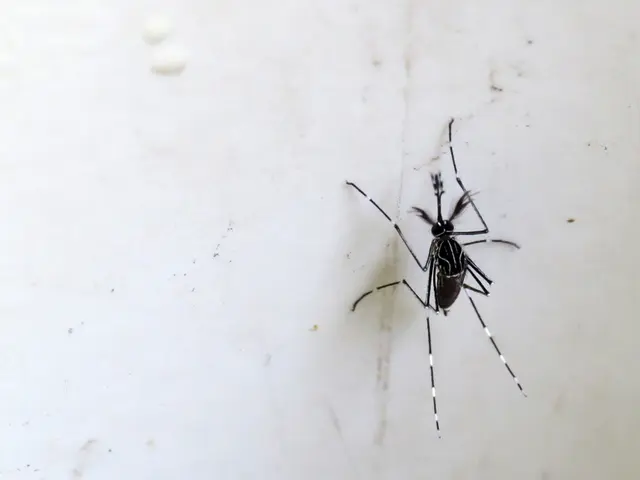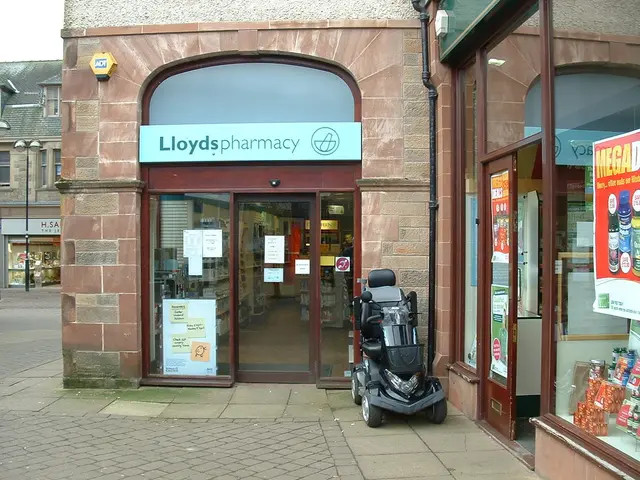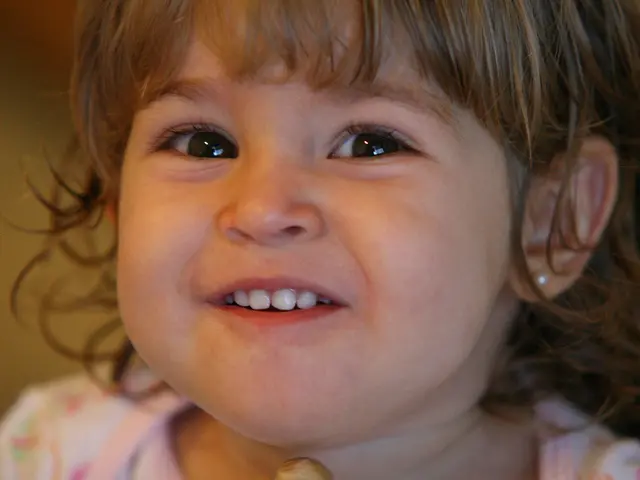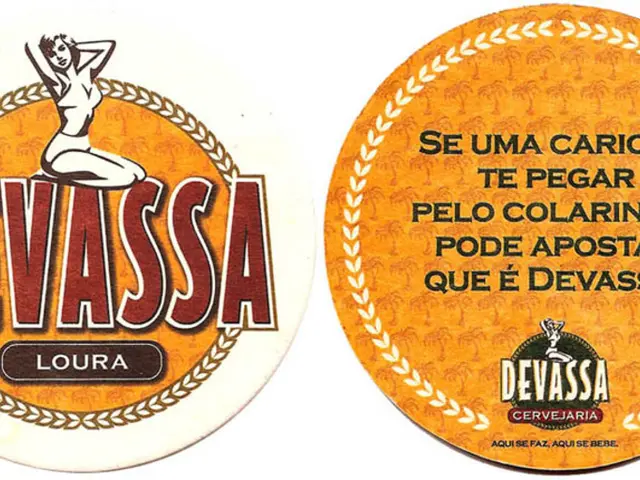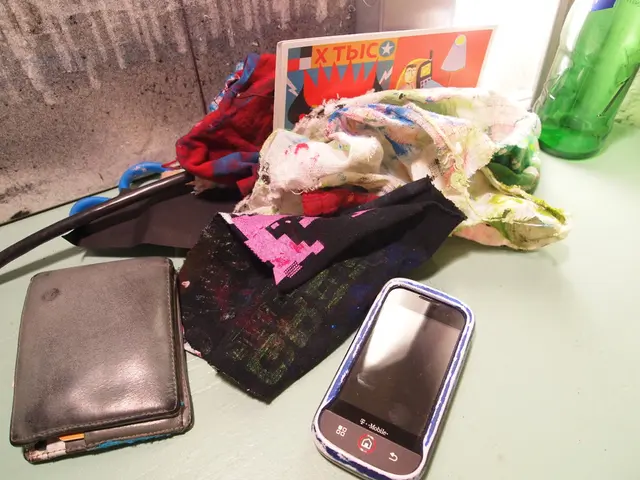Ritsumeikan University Team Makes Breakthrough in Droplet-Array Sandwiching
Researchers at Ritsumeikan University have made a significant breakthrough in droplet-array sandwiching technology. Led by Professor Satoshi Konishi, the team has developed a method for individual droplet selection, offering new possibilities in drug screening and biochemistry.
Previously, droplet-array sandwiching techniques could only perform batch operations, lacking the ability to control individual droplets. Konishi's team has overcome this limitation using electrowetting-on-dielectric (EWOD) with a hydrophilic-hydrophobic pattern. By applying voltage to specific EWOD electrodes, they could choose which pairs of droplets made contact when the top platform was lowered.
This innovation allows chemical reactions and cell cultures to occur within tiny water droplets, acting as small reaction chambers or liquid-handling tools. The team demonstrated this by transferring red dye from top droplets to selected bottom droplets, as published in Scientific Reports. This technology has the potential to accelerate drug discovery processes by improving drug screening efficiency. It also benefits biochemistry and cell biology by making cell-based evaluations of drugs and chemicals cheaper and faster.
Professor Konishi's team has successfully developed a method for individual droplet selection in droplet-array sandwiching, paving the way for more efficient drug screening and advancements in biochemistry and cell biology. Their use of EWOD with a hydrophilic-hydrophobic pattern has overcome a significant limitation in this technology, enabling individual droplet control.
